The presence of black tartar on teeth can be alarming and is often a sign that dental health may be compromised. This substance not only alters the aesthetics of your smile but can also serve as an indicator for more serious underlying issues such as tooth decay or gum disease. Addressing this problem promptly and effectively is crucial to maintaining oral hygiene. In this article, we will explore the causes, treatments, and prevention strategies for black tartar on teeth, ensuring that you have all the information needed to combat this dental concern.

What is black tartar and how does it form?
Understanding black tartar requires a breakdown of what it is and how it develops in the mouth. Tartar, also known as calculus, is hardened plaque that builds up on the teeth when plaque remains untreated. Although both plaque and tartar are detrimental to dental health, they differ significantly in their composition and the implications they hold.
Tartar primarily forms from a mixture of saliva, bacteria, food particles, and bacterial acids produced as a by-product of sugar and starch consumption. When plaque is not regularly removed through brushing and flossing, it hardens into tartar. Regular dental care can help in cleaning the surface of teeth, but once tartar has formed, it cannot be easily eliminated without professional intervention.
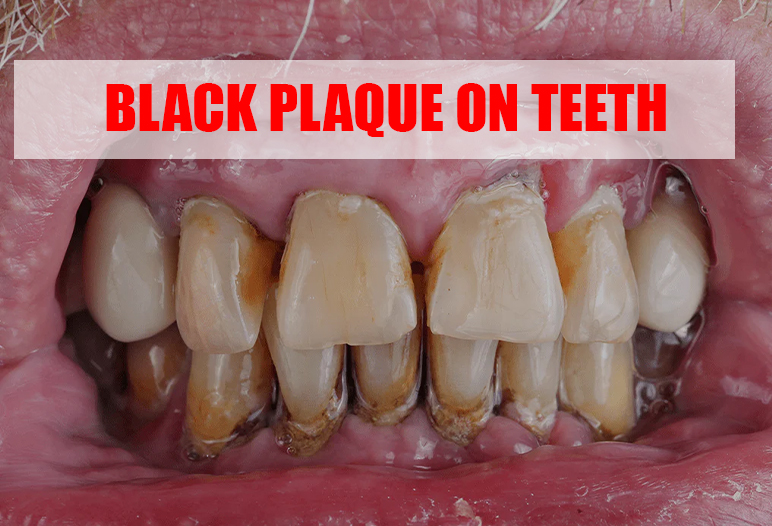
The formation process of black tartar
To truly appreciate the complexity behind black tartar, it is essential to discuss its formation process in detail.
Plaque Accumulation
Before tartar can form, plaque must first accumulate on the teeth. Plaque is sticky and transparent, making it less noticeable initially. Over time, if not removed, it becomes a breeding ground for bacteria, leading to further complications such as gingivitis and cavities.
Hardening to Tartar
Once plaque remains unaddressed for a prolonged period, it begins to mineralize and harden due to the minerals present in saliva. This process transforms it from the soft texture of plaque into the more rigid structure of tartar.
Color Changes
Black tartar usually indicates a more advanced stage of dental neglect. Its dark color as in the case of black tartar on gum line can arise from various external factors, including the consumption of certain foods and beverages. Internal factors such as tooth decay or infections can also contribute to discoloration.
By understanding the formation of black tartar, individuals can take proactive steps towards prevention and treatment, highlighting the importance of daily dental care routines.
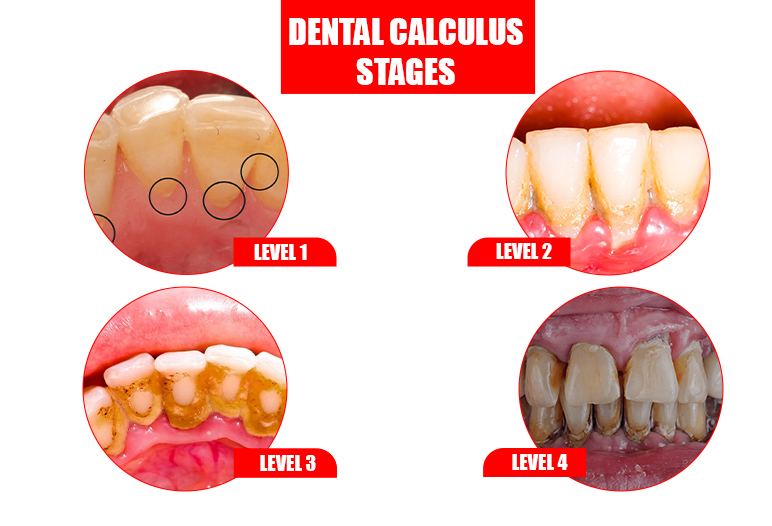
Factors influencing the development of black plaque on teeth
Several factors can influence the likelihood of developing black tartar on teeth. From dietary choices to personal habits, these elements play significant roles in maintaining or deteriorating oral health.
Dietary Choices
Dietary habits greatly affect dental health. A diet high in sugars and carbohydrates promotes the growth of bacteria, which leads to plaque formation. Additionally, consuming dark-colored substances such as coffee, tea, and chocolate can stain teeth and exacerbate the appearance of tartar.
Smoking and Tobacco Use
Smoking not only discolors teeth but also contributes to the buildup of tartar. The chemicals in tobacco can react with the plaque on teeth, causing it to harden more quickly and develop a darker coloration.
Oral Hygiene Practices
The frequency and effectiveness of one’s oral hygiene practices significantly impact the development of black tartar. Individuals who brush and floss regularly are less likely to experience tartar buildup compared to those who neglect their dental care routine.
In conclusion, understanding the multifaceted factors influencing the development of black tartar can empower individuals to make informed decisions regarding their oral health.
Symptoms associated with black tartar
Identifying black tartar is crucial for timely intervention. Various symptoms indicate its presence, often manifesting as visible changes in tooth color or texture.
Visible discoloration
One of the most apparent indicators of black tartar is the change in tooth color. Initially, small brown or gray spots may appear before progressing to a darker hue.
Location of Tartar Buildup
Black tartar typically forms on the inner surfaces of molars, where it can be challenging to reach during regular brushing. This location makes it easy to overlook until it becomes severe.
Structural Changes
Over time, black tartar can lead to structural changes in the enamel, forming tiny holes where the enamel has been destroyed. This change signifies that the situation requires immediate attention, as it could lead to pain or further decay if left untreated.
Gum health
The presence of black tartar can irritate gums, leading to inflammation and potential gum disease. Red, swollen gums and bleeding during brushing are clear signs that professional dental examination is necessary.
In summary, recognizing the symptoms associated with black tartar provides vital cues for timely treatment, allowing individuals to safeguard their dental health proactively.
How to remove plaque and tartar from teeth?
How can i get rid of plaque? Treating black tartar is paramount to restoring oral health and preventing further dental complications. While some may attempt home remedies, effective removal of tartar generally necessitates professional intervention.
Professional dental cleaning
The first step is to visit a dentist for dental cleaning. This procedure removes tartar safely and effectively, helping you get rid of plaque on teeth. Regular dental cleaning is essential because it removes stubborn black plaque on teeth that cannot be removed with brushing alone. How to remove plaque and tartar from teeth properly requires professional care to avoid further dental problems.
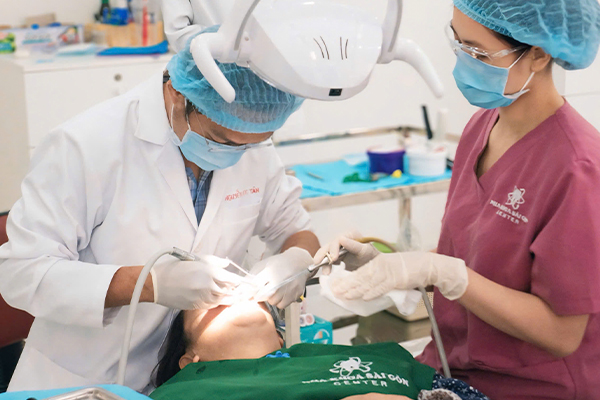
If black tartar on the gum line or periodontal disease is present, a dentist may recommend deep cleaning teeth to remove tartar and bacteria beneath the gum line, preventing gum disease and ensuring healthy gums and teeth.
Identifying Underlying Issues
During the cleaning, the dentist will also check your teeth and gums for any other problems, such as cavities or infections. If black tartar on gum line has been there for a long time, it could lead to gum disease, tooth decay, or even tooth loss. Identifying these issues early allows the dentist to provide the right treatment to protect your teeth and gums.
If black tartar leads to tooth decay, treatment options can be more complex. For minor decay, the dentist may recommend filling the cavity to prevent further damage. In cases of severe decay, a root canal might be necessary to treat the infection, followed by crowns or implants to restore the tooth’s appearance and function. Understanding these treatment options helps ensure you seek the appropriate care to maintain optimal dental health.
Steps to Get Rid of Plaque on Teeth
Removing plaque is a procedure that helps clean and maintain healthy teeth and gums. Depending on the level of tartar buildup and the condition of the gums, the dentist will recommend the most suitable cleaning method.
Step 1: Examination and Check-up
The dentist will examine your oral health, check the level of plaque buildup, and see if there are any signs of gum disease or periodontal issues. If serious problems like gum disease are found, the dentist may recommend deep cleaning to remove black plaque on teeth and bacteria accumulated under the gum line.

Step 2: Cleaning Plaque
Regular Tartar Cleaning
The dentist will use special tools, like scalers or ultrasonic devices, to remove tartar from the surface of the teeth and along the gum line. This procedure usually takes about 30 to 45 minutes per session. Regular tartar cleaning is done in one session and should be performed every 6 months.
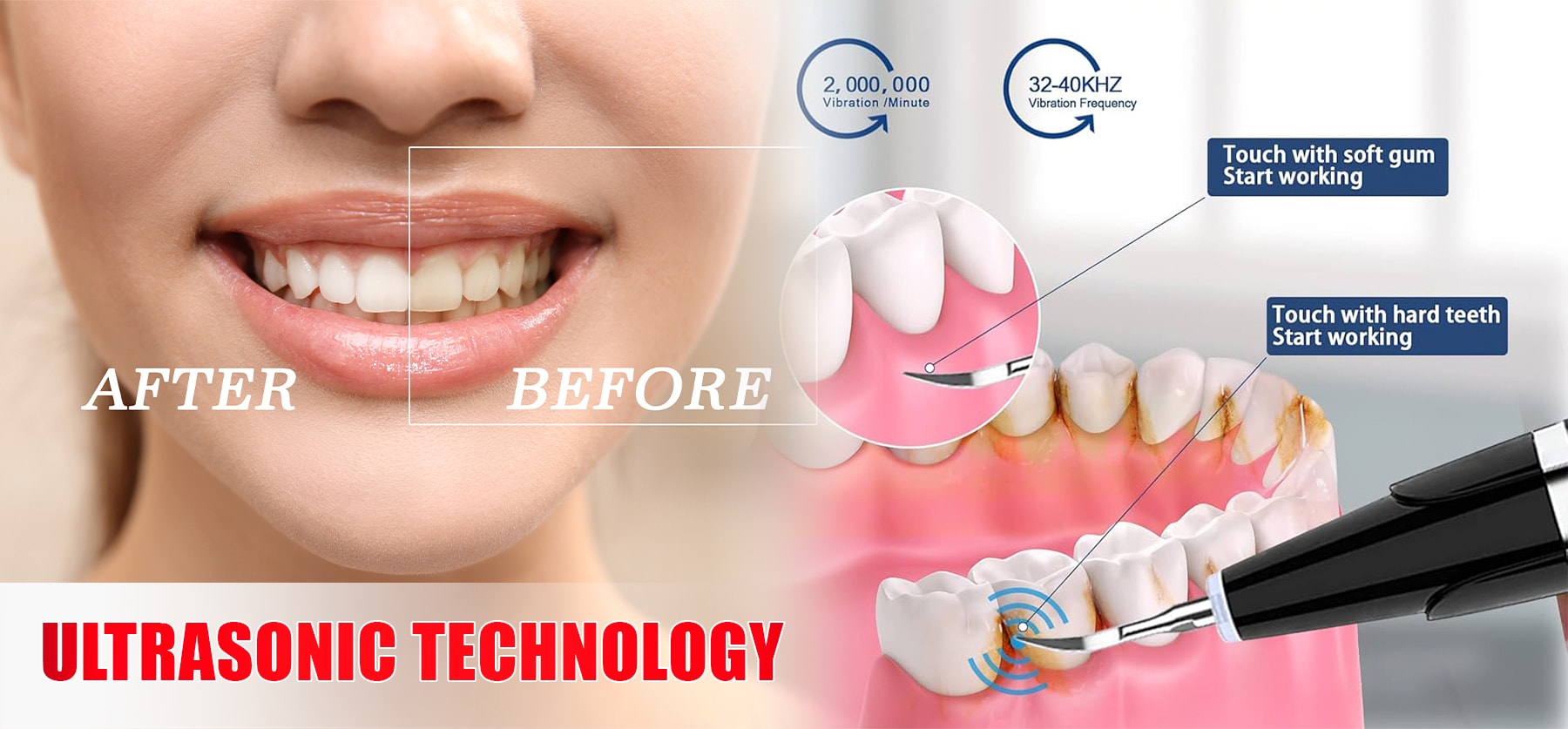
Deep Cleaning
Deep cleaning is a more advanced procedure that cleans tartar under the gum line, where regular cleaning can’t reach. The dentist uses ultrasonic tools and specialized instruments to effectively remove tartar. The procedure usually lasts between 1 to 2 hours per session, depending on the amount of tartar that needs to be removed. Deep cleaning may be done in 2 to 4 sessions, spaced about one week apart. Each session focuses on cleaning one part of the mouth, such as the upper or lower half.
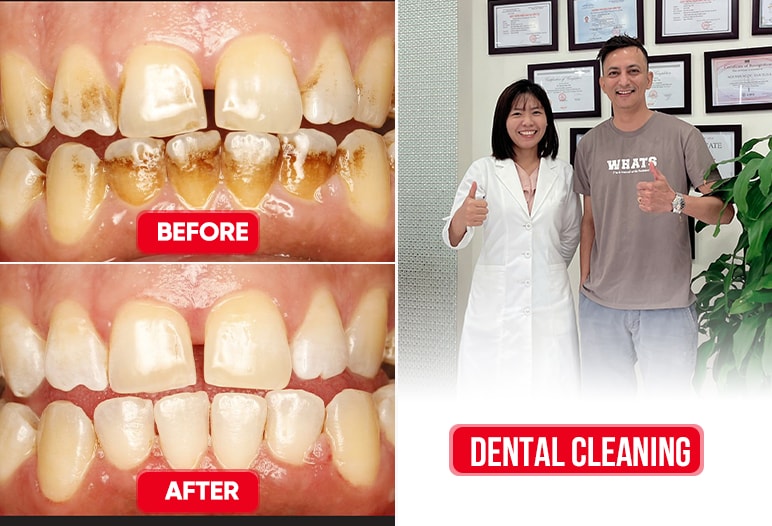
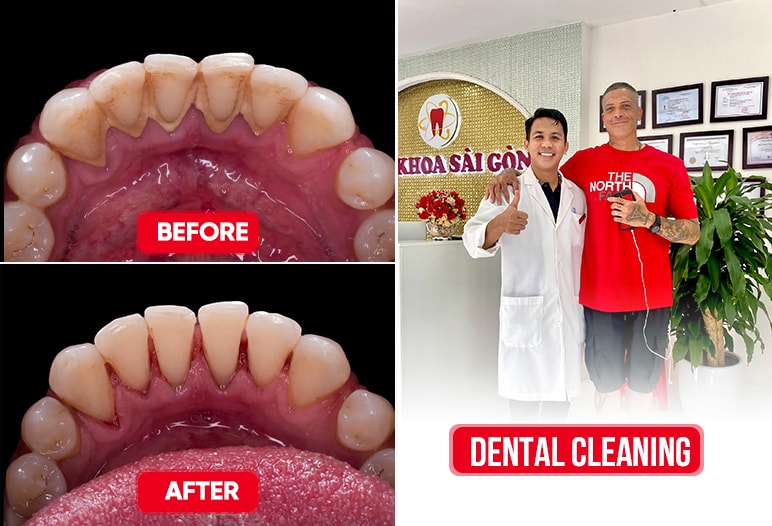
Step 3: Aftercare Instructions
Once the cleaning is complete, the dentist will guide you on how to care for your teeth. This includes brushing with fluoride toothpaste, using dental floss, and avoiding foods that may harm your teeth. If you’ve had deep cleaning, the dentist may recommend anti-inflammatory medication or special toothpaste to reduce gum inflammation and help you get rid of plaque and tartar from teeth more effectively.
Prevention tips to combat black tartar
Preventing black tartar is essential for maintaining a healthy smile. By adopting specific habits and routines, individuals can minimize their risk of tartar buildup and promote overall oral health.
Daily oral hygiene routine
Establishing a robust daily oral hygiene routine is vital in preventing the formation of plaque and tartar.
Brushing Techniques
Brushing twice daily with fluoride toothpaste helps remove plaque before it hardens into tartar. Effective brushing techniques, such as using gentle circular motions, can enhance cleaning efficiency.
Flossing Importance
Incorporating flossing into your routine at least once per day is crucial for removing food particles and plaque from between teeth, areas that toothbrushes often miss.
Dietary considerations
Mindful food choices can significantly impact dental health.
Limiting Sugary Foods
Reducing sugar intake minimizes the buildup of bacteria responsible for plaque formation. Opting for healthier snacks like fruits and vegetables can bolster oral health.
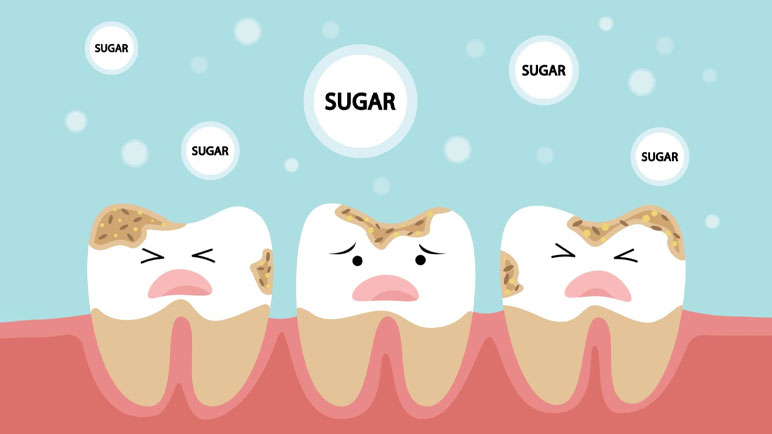
Staying Hydrated
Drinking ample water throughout the day aids in washing away food particles and bacteria, contributing to plaque control.
Regular dental visits
Routine dental check-ups every six months allow for preventive care and early intervention of any emerging issues.
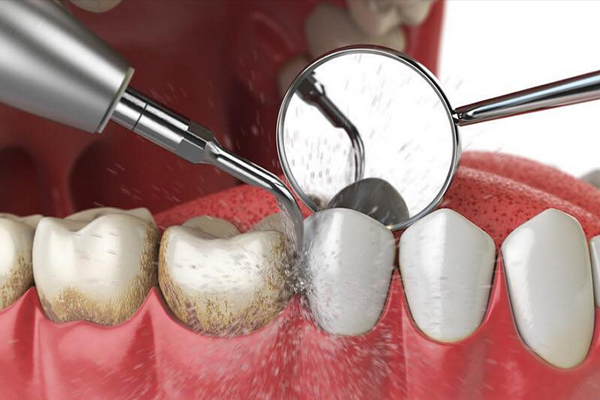
Professional Assessments
Dental professionals can identify areas of concern before they escalate into more significant problems, thus ensuring long-term oral health.
Tartar Removal
During these visits, dentists perform cleanings that eliminate tartar buildup while providing tailored recommendations for maintaining optimal oral hygiene.
In summary, embracing prevention strategies equips individuals to combat black tartar effectively, fostering better oral health over time.
Conclusion
Addressing black tartar on teeth is critical to maintaining optimal oral health. Through understanding the causes, recognizing symptoms, pursuing effective treatment options, and implementing preventative measures, individuals can protect their smiles from the detrimental effects of tartar buildup. Ensuring a commitment to good oral hygiene practices, combined with regular dental check-ups, serves as the best defense against black tartar and other related dental concerns. By prioritizing dental health, individuals can enjoy not only a beautiful smile but also a boost in overall well-being.



SAIGON CENTER DENTAL CLINIC
Best dentist in Vietnam
Saigon Center Dental Clinic is proud to be one of the most prestigious dental clinics in Ho Chi Minh City with a variety of services: Single dental implant, Full jaw dental implant (especially All On 4, All on 6, and Zygoma Implant), Cosmetic porcelain crowns, Porcelain veneers, Braces, Clear braces, Tooth fillings, Wisdom tooth extraction, Treatment of toothache...
SAIGON DENTAL IMPLANTS CENTER
Best dentist in Vietnam
Saigon Implant Center - Dental Clinic utilizes the latest technology for specialized treatment in the field of Single implant, full jaw implants, All on 4 implants, All on 6 implants, Zygoma implant....